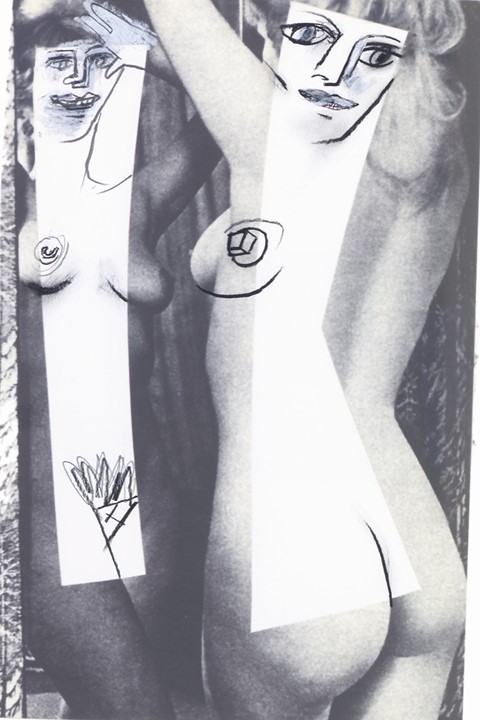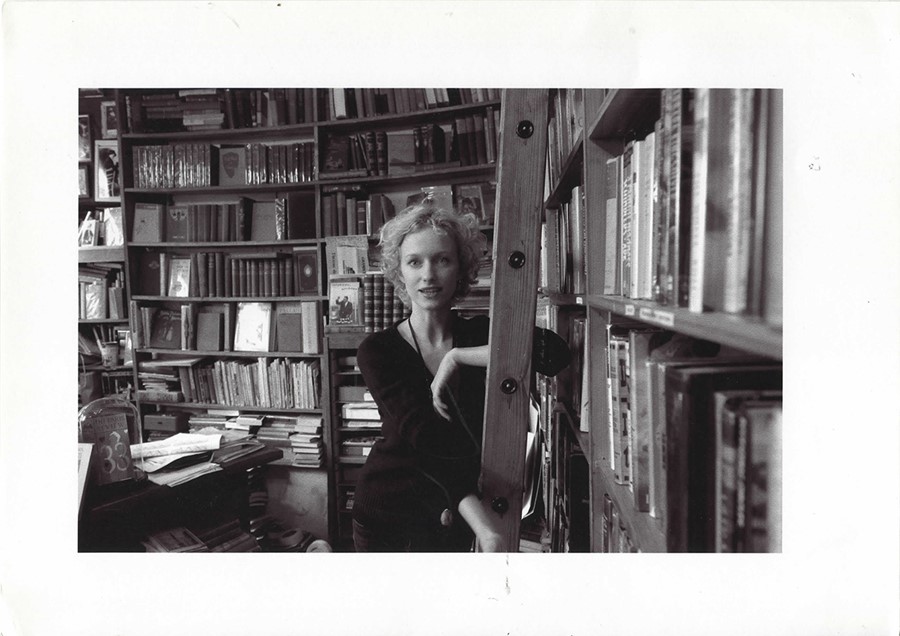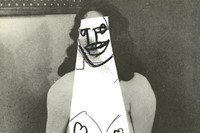Sylvia Whitman of Shakespeare and Company reveals her obsessions, both literary and literal
There aren't many bookshops in the world with the reputation and clientele of Shakespeare and Company. Situated on the Left Bank, opposite Notre Dame, it is the second reincarnation of the famous store founded by Sylvia Beach in 1919, which served as a melting pot for Anglo-American modernism, hosting the likes of Hemingway, Pound, Fitzgerald, Stein and Man Ray, and publishing Joyce's banned masterpiece Ulysses. The rue l'Odeon store was forced to close in 1941 with the arrival of the Nazis, but in 1964, on the death of Beach, George Whitman renamed his existing bookshop on rue de la Bûcherie in homage to Shakespeare and Company, and once again it took on the mantle of welcoming the iconic figures of the time – Anaïs Nin and Henry Miller were regulars – and inspiring new writers and readers. Whitman set up the tumbleweeds initiative, providing aspiring writers bed and board in the shop in exchange for volunteering in the shop.
George Whitman died in 2011, and his daughter Sylvia Beach Whitman took over, continuing to run the shop in the bohemian manner of her father. Tumbleweeds man the tills, Siri Hustvedt, Paul Auster, Jung Chang and Jeanette Winterson have come to give readings, and Richard Linklater shot Before Sunset's early scenes among the stacks. Whitman's obsessive love of books and authors – entrenched by a life spent in the store – also made her the perfect person to curate the Document section for the new Obsession themed issue of AnOther Magazine, while her existing friendship with artist Richard Prince created the most marvellous collage artwork to accompany it. So as the issue is released, we spoke to Whitman about her inspirations for Document and what obsession means to her.
What inspired your curation of the Document section of AnOther?
It was often said about my father that he and his bookshop, Shakespeare and Company, were inextricably one. While I don’t think the same is true of me and the shop, I do find the bookstore influences almost everything I do, including my section in the Document. For his part, my father identified himself with something said about Walt Whitman: “No man ever liked so many things and disliked so few.” I aspire to the same sentiment – and I hope that, somehow, it can be perceived in my selections for AnOther.

What would you say was the first book you were obsessed by?
When I was a girl, I was most obsessed with Forever by beloved YA author Judy Blume, followed after that by every other Blume title. Her books are consistently revealing– and sometimes even profound – and they answer the questions girls most want to know: Is that really how you kiss? What is a first period like?
Which authors inspire you?
Jeanette “Do it from the heart or not at all” Winterson
Siri “Remember that Art is not about art. Art is about life” Hustvedt
A. M. “We’re all good when we want to be, otherwise we’re fucking animals” Homes
Zadie “Happiness is not an absolute value. It is a state of comparison” Smith
What does the idea of obsession mean to you?
For me, obsession is associated with love – with falling in love and being unable to breath, of being smothered and drowned and wanting it never-ever to stop. It also makes me think of Proust, of his writings about obsession, and the obsession with Odette. Curiously, his work itself attracts obsessives. I’ve met more readers devoted to Proust than to any other writer, including Miller and Joyce and Kerouac.
Do you have any obsessions?
One week, it’s goji berries, Madonna, and Fitzgerald; the next, it’s martinis, Bach, and Plath. I’m a bit fickle. This week, I’m obsessed with the brain thanks to the book I’m reading, We Are Our Brains by Dick Swaab. Discovering what happens in the brain when we laugh, make love, become teenagers is fascinating. Swaab argues that much of who we think we are (personality, sexuality, even disease) was formed in our neuronal circuit before we were even born. Did you know that strippers make more tip money when they’re ovulating? Did you know that teenagers’ natural proclivity to being annoying prevents incest? My other current obsession literally moves me: Kiesza’s music video for Hideaway. I’m determined to walk down the street like her. I’m practicing.

Do you have any collections? If so, what, and how did it start?
Ten years ago, I had no office from which to do the shop’s accounts and book ordering. I happily had to make do with a wobbly desk in the Antiquarian, a separate shop space with a few quiet customers and a view of Notre-Dame. I found myself becoming intrigued by the exquisite titles that passed through: The Bodley Head 1936 edition of Ulysses, no. 308 of 1,000 copies, bound in green buckram, with a classical bow motif designed by Eric Gill, gilt-stamped to the front board, huge, heavy, and spectacularly beautiful, with leaves of thick Japon vellum paper. Or Voyages: Six Poems by Hart Crane, illustrated with wood engravings by Leonard Baskin, one of 975 copies, each signed by Baskin, one of the most delicate and intricately designed editions I've seen; some of the engravings are on translucent paper so you can actually read the poems through, for example, an organic shape resembling a sea shell. Since then, I’ve been collecting rare and first-edition books for my own.
Sylvia Whitman's Document section is published in AnOther Magazine A/W14, out now.


